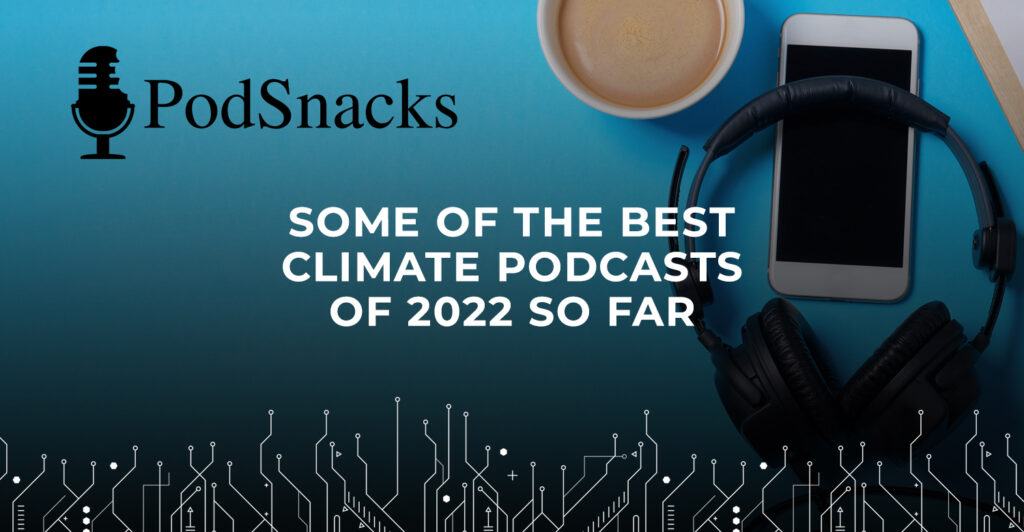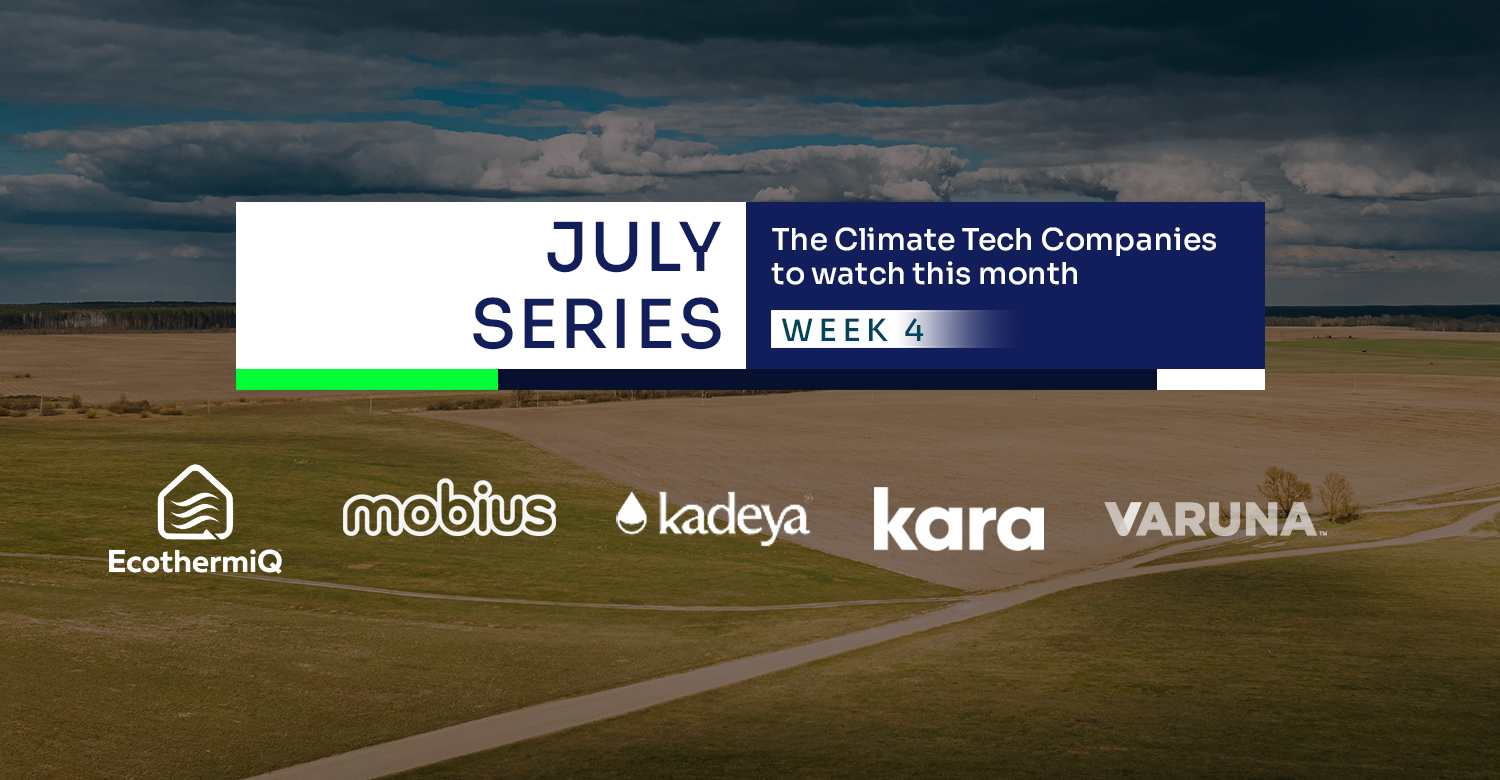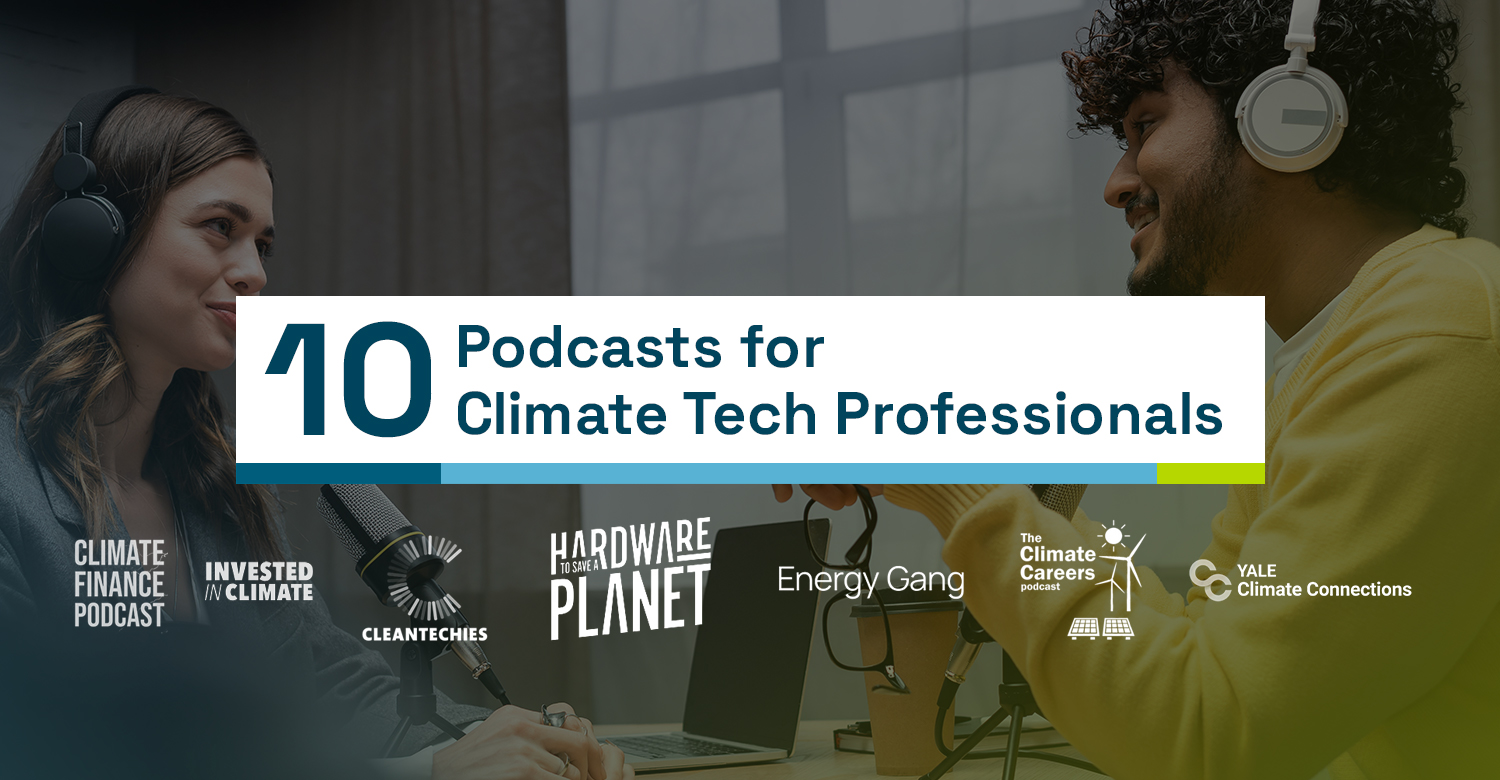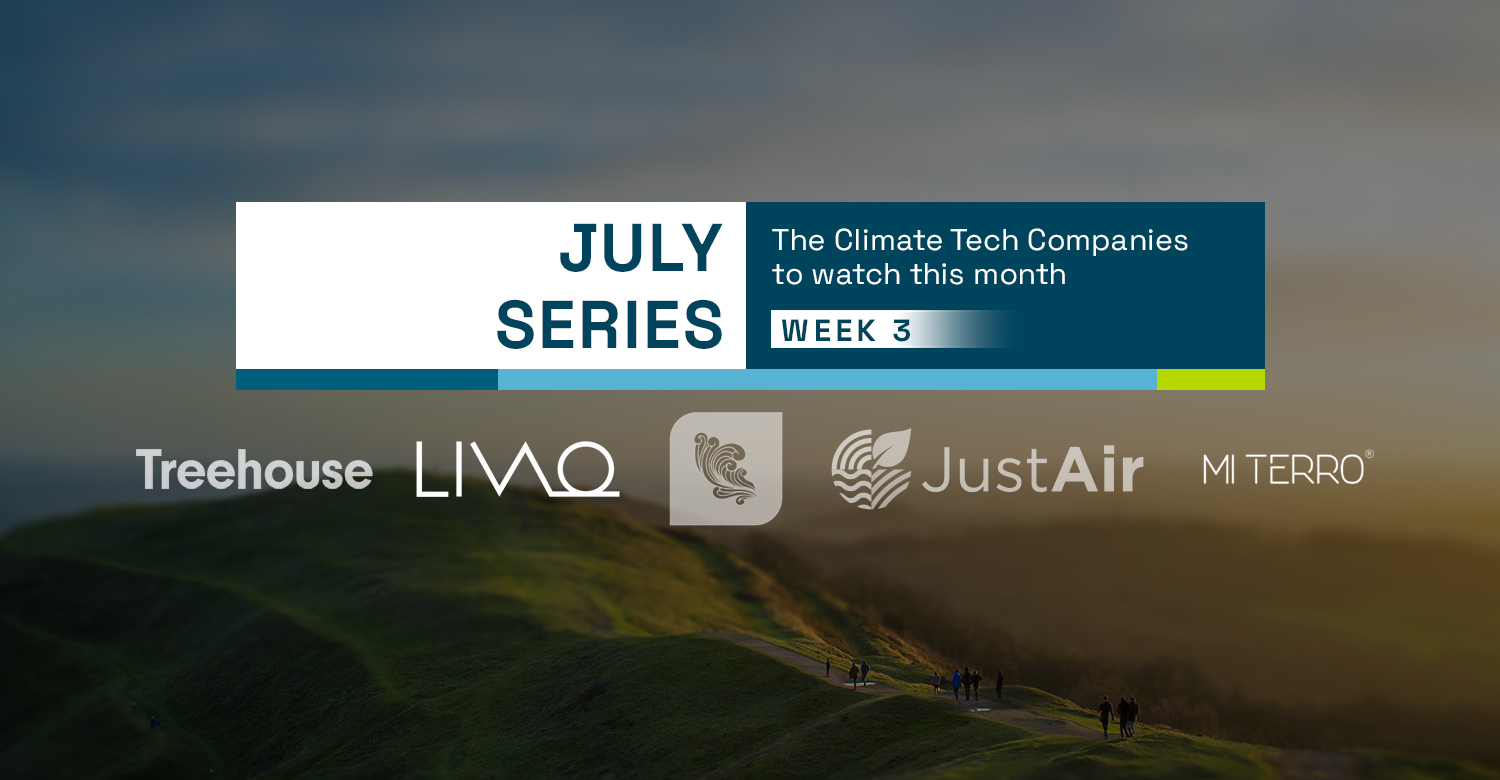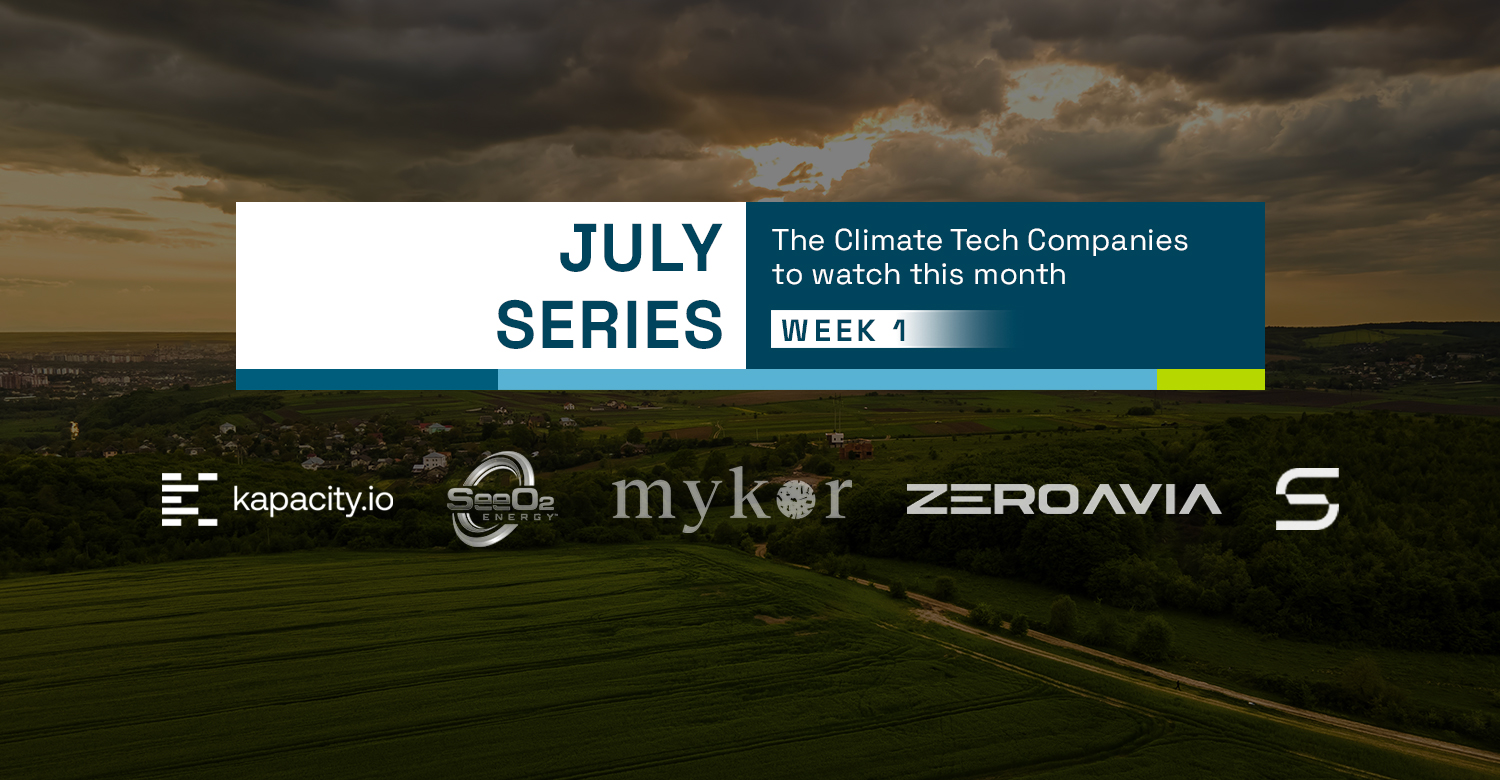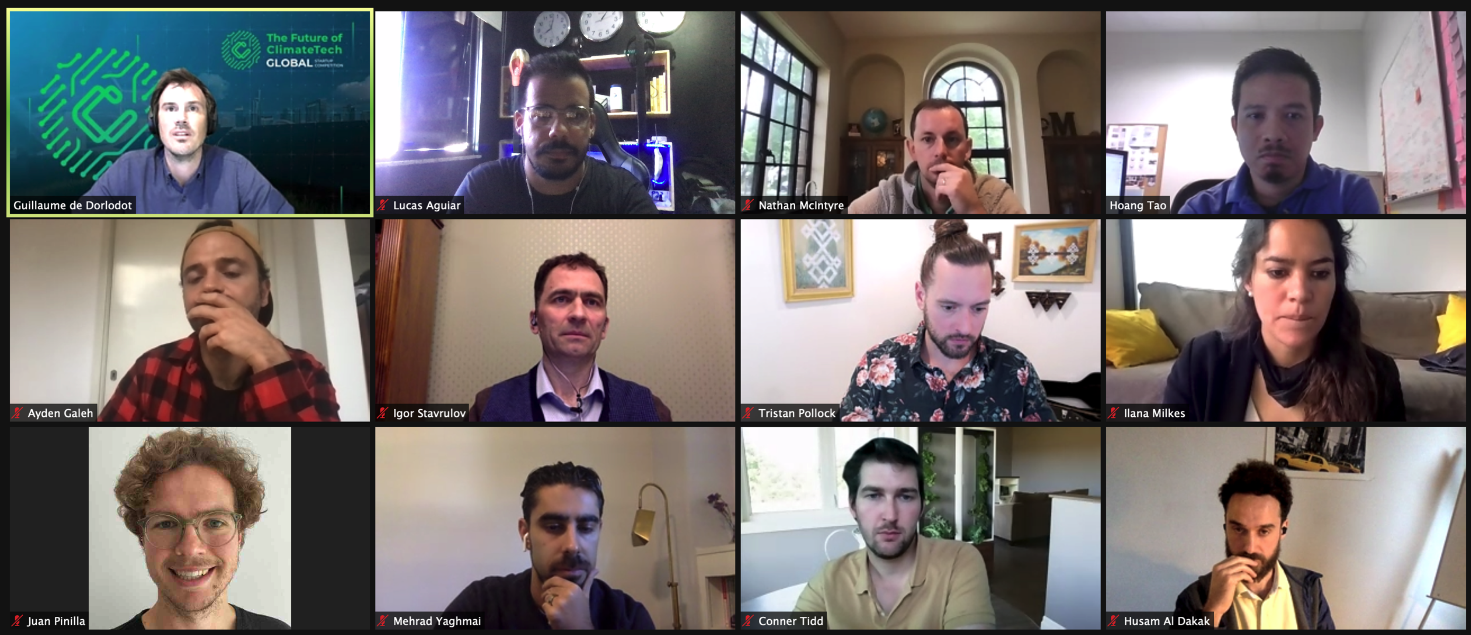Podcasts can be a powerful tool in gathering insight and hearing expert opinions but, finding time to listen to them all can be an impossible task-especially for founders working urgently on climate solutions.
Thankfully, Laura Kania co-founded PodSnacks – a newsletter that lets you stay on top of recent podcasts by offering the highlights as bite-sized information. Podsnacks mission is to make podcast content more accessible, searchable, and digestible- it’s like CliffsNotes for Podcasts.
This week PodSnacks have curated the latest podcasts in the climate sector and are offering all Startup Basecamp members a free 3 month trial of the premium subscription that saves readers up to 25 hours/month. The weekly round-up newsletter is free for all.
This list is filled with incredible climate voices that are now more accessible than ever and Startup Basecamp is proud to have Tech4Climate featured as one of PodSnacks top Carbon & Energy Podcasts. Happy reading!
Some of the Best Climate Podcasts of 2022 so far:
⚡ Carbon & Energy
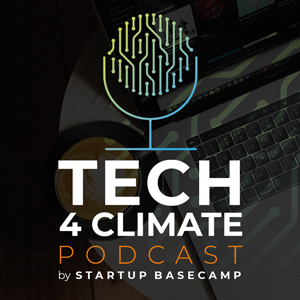
Podcast: Tech4Climate
Episode: The Climate Tech VC Ecosystem in Europe
Host: Guillaume De Dorlodot
Guest: Danijel Višević | Founding Partner | World Fund
Category: 💸 Investing
Apple | Spotify | Google | 🕰 48 min | 🗓 02/18/2022
Selected Quote:
[14:40] “28% of all the climate tech patent applications worldwide are
European. A third of all the leading research institutes and universities are
European. We have the most climate tech startups if you compare it to China and
or North America, but we have least funding. So we are number one in everything
[…] to build an ecosystem [that’s] perfect for the next […] unicorns, for the next
most successful companies and climate tech. But then when it comes to funding in
the moment when it’s close to really generating revenue and profit, we say that
entrepreneurship [is too] risky. […] When you look at the funding in Europe, two
thirds in climate tech investments, […] it’s not European VC capital.”
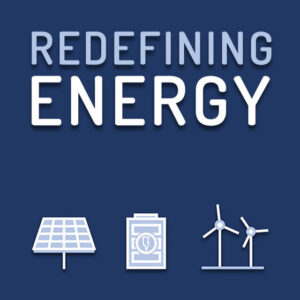
Podcast: Redefining Energy
Episode: “Escape from Russia: Rewiring Europe”
Hosts: Gerard Reid & Laurent Segalen
Category: ⚡ Renewable Energy
Apple | Spotify | Google | 🕰 23 min | 🗓 03/01/2022
Selected Quote:
[2:32] LS: “The energy trifecta is very simple. You’ve got green, you’ve got
cheap, and you’ve got secure. And you can have probably two out of the three at
the same time. So the fossil fuel guys say, […] it’s cheap, and it’s secure, but it’s not
green. The green say, […] it’s green, and it’s cheap, but it’s not secure. And now
we’re going to need to move to green and secure and probably is not going to
be cheap.”
Podcast: TED Climate
Episode: “How Wind Energy Could Power Earth … 18 Times Over”
Host: Dan Jørgensen
Category: ⚡ Renewable Energy
Apple | Spotify | Google | 🕰 11 min | 🗓 02/16/2022
Selected Quote:
[5:27] “The story of wind power in Denmark is the story about how one turbine
on one farm sparked a transformation that influenced the whole country. We
of course now hope, small as we may be, that we can spark a transformation
that will also affect other countries. We are a green front runner, but we need to
do more. Because at the same time, we ranked number one in the EU, or at least
as one of the biggest oil producers in the EU. This has to change. And it will.”
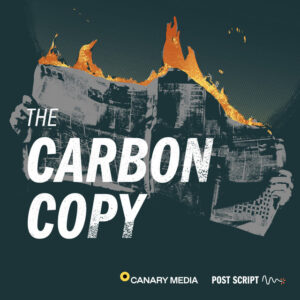
Podcast: The Carbon Copy
Episode: “Could a ‘Green Upheaval’ Embolden Russia?”
Host: Stephen Lacey
Guest: Jason Bordoff | Director | Center on Global Energy Policy
Category: ⚡ Renewable Energy
Apple | Spotify | Google | 🕰 25 min | 🗓 02/15/2022
Selected Quote:
[9:24] JB: “Even in a world that gets on track for net zero by 2050. Net zero
doesn’t mean zero. The International Energy Agency did this big landmark report
on what net zero looks like by 2050. And in that world, if we get there, we’re
using 25% as much oil as today and about half as much natural gas as we are
today. That’s much less but it’s not zero. So it has to come from somewhere. And I
suspect the places it’ll come from are the ones that can produce the oil most
cheaply and most cleanly. And Gulf Arab producers like Saudi Arabia, the United
Arab Emirates, they look pretty good on both of those accounts. […] If you are
wondering who the last man standing might be, […] it might be countries like that.”
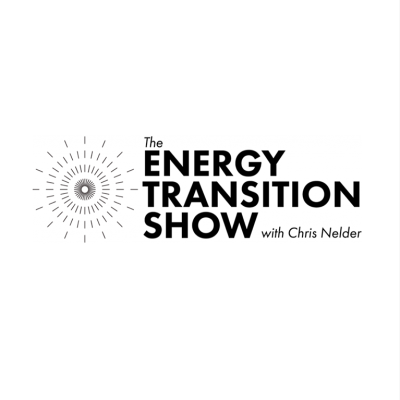
Podcast: The Energy Transition Show
Episode: “Oil & Gas in Transition”
Host: Chris Nelder
Guest: Liam Denning | Energy Columnist | Bloomberg
Category: ⚡ Renewable Energy
Apple | Spotify | Google | 🕰 34 min | 🗓 02/02/2022
Selected Quote:
[7:12] “We live in a world where fossil fuels have […] a near monopoly on most of
our energy needs. And that’s particularly apparent in things like road transportation,
where oil is king. And I think it’s in the nature […] if things really haven’t changed for
100 years or so, any sign of that changing is worth headlines […]. The other side of
the equation, though, is that if the incumbent system is enormous, and by any
measure the incumbent energy system is enormous, then it’s quite easy to look at
any change and say, okay, that’s noteworthy, but let’s compare absolute raw
numbers here. And from that perspective, it’s quite easy to say, sure, we sold 6.5
million electric vehicles last year, but in the grand scheme of things, 1.2 billion
passenger vehicles on the road around the world today, it’s a drop in the ocean.
That’s a long way of saying, when you’re in the middle of a transition, it’s quite
easy for both sides to portray themselves as either upsetting the applecart or
keeping the applecart broadly stable.”

Podcast: Volts
Episode: “Minerals & the Clean-Energy Transition: The Basics”
Host: David Roberts
Category: ⚡ Renewable Energy
Apple | Spotify | 🕰 20 min | 🗓 01/21/2022
Selected Quote:
[1:34] “In its encyclopedic 2021 report on the subject [of minerals] IEA
estimates that a concerted effort to reach the goals of the Paris Agreement
would mean a quadrupling of mineral requirements for clean energy
technologies by 2040. An even faster transition to hit net zero globally by 2050
would require six times more mineral inputs in 2040 than today. Some individual
minerals will see particularly sharp jumps. The World Bank says graphite and
lithium demand are so high that current production would need to ramp up by nearly
500% by 2050 under a two degree scenario, just to meet demand.”
💧 Food & Water
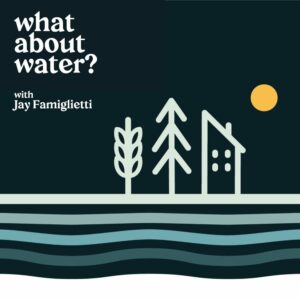
Podcast: What About Water?
Episode: “The Sea also Rises”
Host: Jay Famiglietti
Guest: Steve Nerem | Principal Investigator | NASA’s Sea Level Change Team
Category: 🔬 Research
Apple | Spotify | Google | 🕰 30 min | 🗓 02/02/2022
Selected Quote:
[16:53] “Greenland has approximately six meters of sea level locked up in its
ice. Antarctica has 60 meters. […] We’re not going to melt all that ice, but you
start melting even a fraction of that ice and you get to catastrophic numbers that for
the cities along the major cities on the coasts would be really bad news.”

Podcast: The Stream
Episode: “Leading the Air to Water Movement”
Hosts: Will Sarni & Tom Freyberg
Guest: Cody Friesen | Founder | Source
Category: 🤖 Technology
Apple | Spotify | 🕰 38 min | 🗓 01/20/2022
Selected Quote:
[27:06] CF: “In […] almost every installation we do, we are the lowest cost
solution, which should tell you everything you need to know about how big
the alternative costs really are in so many places. […] I had that thought […] [of
looking at the] GDP PPP per hour, […] gross domestic product purchasing power
parity per hour. […] In India, it’s about $3.40 an hour. And the average distance
walked is about 5 kilometers for water. And then you can look at the average rate of
walking while carrying something, it’s about 3.5 kilometers per hour. […] Then you
say, how much can a reasonable girl or a woman carry? And so that turns out to
be about 60 or 70 cents a liter direct cost to the economy associated with
walking for water rather than doing something else. Because the way that the
GDP PPP per hour works is, what’s the value to the economy of a human per hour?
[…] So already, that’s quite insane. Keep in mind that the global average price of
bottled water is 55 cents a liter. That includes all the places where bottled water is
very cheap. So it’s far more expensive than that in India for a woman or girl to walk
for water today.”
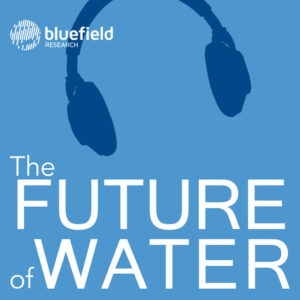
Podcast: The Future of Water
Episode: “Bottled Water Craze Raises Questions about Water Quality & Utility Strategies”
Host: Reese Tisdale
Guests: Eric Bindler | Director | Bluefield Research &
Keith Hays | Vice President & Co-Founder | Bluefield Research
Category: 🗣 Opinion
Apple | Spotify | 🕰 36 min | 🗓 01/18/2022
Selected Quote:
[22:56] EB: “Bottled water is about 600 times the price of tap water. Liquid
Death is about 2,000 times the price of tap water. […] And even with […] these
just outrageous price differences in mind, […] it really gets back to this issue of
people just not trusting their municipal supplier. And that might be completely
justified in a lot of parts of the world, […] but in these luxury markets, like the US,
it’s just kind of outrageous that people have this perception. […] There was a
consumer report survey from 2019 that […] 34% of US consumers regularly avoid
tap water if they have the opportunity to. […] 17% don’t drink any tap water.”

Podcast: Azeem Azhar’s Exponential View
Episode: “Vertical Farming and the Future of Food”
Host: Azeem Azhar
Guest: Daniele Modesto | CEO | ZERO Farms
Category: 🍏 Sustainable Food
Apple | Spotify | Google | 🕰 49 min | 🗓 03/02/2022
Selected Quote:
[4:56] DM: “While both vertical farms and greenhouses are in implementation of
what you might call control environment agriculture. Vertical farms are enclosed
environments. So they are fully independent ecosystems where you can actually
drive the growth process in a very precise way. […] In a vertical farm, you might be
in a position to control in a very detailed way the amount of light you feed the props,
whether in a greenhouse that you rely on where you install the greenhouse. So you
can place a vertical farm literally anywhere on the planet. You can’t do that
with a greenhouse.”
